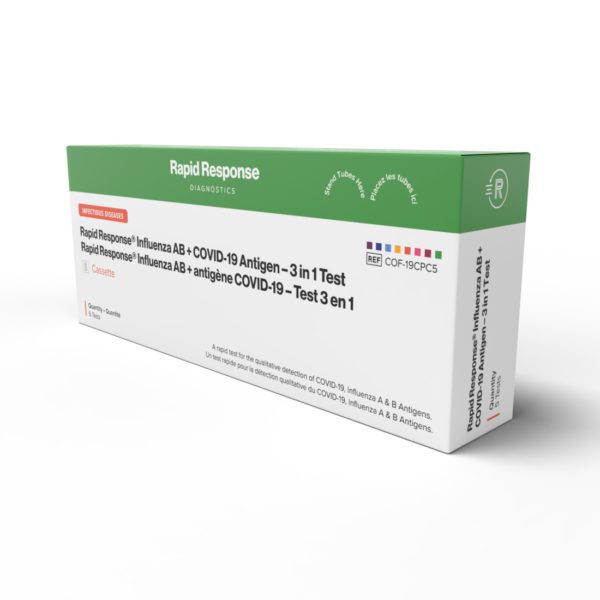Sexually transmitted diseases (STDs) are a significant public health concern that affects millions of people worldwide.
In this article, you’ll learn how often you should need to get tested for an STD.
Human immunodeficiency virus (HIV)
Human immunodeficiency virus, the virus that causes acquired immunodeficiency syndrome (AIDS), is one of the most severe STDs. The Centers for Disease Control and Prevention (CDC) recommends that everyone between the ages of 13 and 64 get tested at least once as part of routine health care. More frequent testing, at least annually, is advised for those at higher risk, such as those who:
- Have multiple sexual partners
- Have sex with HIV-positive partners
- Use drugs intravenously
For those in ongoing sexual relationships with HIV-positive individuals, testing every 3 to 6 months is suggested.
Hepatitis C
Hepatitis C, a liver infection caused by the Hepatitis C virus (HCV), can be sexually transmitted, though it’s more commonly spread through blood-to-blood contact. The CDC recommends one-time testing for all adults aged 18 to 79 years.
However, for those who are at increased risk, including people with multiple sexual partners or those who share needles, more frequent testing is necessary.
Testing is also recommended if you’ve:
- Injected drugs
- Received a blood transfusion before 1992
- Been exposed to someone with Hepatitis C
- Been experiencing symptoms, such as jaundice or abdominal pain
Human papillomavirus (HPV)
HPV is the most common STD, with many types causing no symptoms and clearing spontaneously. Regular cervical screening (pap test) is recommended for women starting at age 21, which can detect HPV-related changes. The frequency may vary based on your age and sexual activity. If you’re sexually active, it’s advisable to get tested for HPV every 3 years, especially for women aged 21 to 65.
While there is no approved HPV test for men, those with symptoms like warts or those who have sex with men should consult their healthcare provider for appropriate testing and examination.
Gonorrhea
Gonorrhea is a common infection that can affect the genitals, rectum and throat. The CDC recommends yearly testing for sexually active women under age 25 and older women with risk factors such as new or multiple sex partners.
Given the rise in antibiotic-resistant strains, regular testing for gonorrhea is important.
Get tested every 3 to 6 months if you’re:
- Having multiple partners
- Engaging in unprotected sex
- Sexually active gay, bisexual, or a man who have sex with men
Chlamydia
Chlamydia testing follows similar guidelines to gonorrhea. Annual testing is recommended for sexually active women under 25 and older women with risk factors. Sexually active gay, bisexual, and other men who have sex with men may benefit from more frequent testing, every 3 to 6 months.
Chlamydia is one of the most common sexually transmitted infections, often asymptomatic. Annual testing for chlamydia is recommended for sexually active people under 25 years old and older women with risk factors.
Since it follows the same guidelines as gonorrhoea, testing every 3 to 6 months is recommended if you are or have:
- Multiple sexual partners
- Engaging in unprotected sex
- Sexually active gay, bisexual or have sex with men
Risk factors for STDs
Several factors can increase the risk of contracting STDs. Consider all these to determine how often should you get tested for one.
- Sexual activity. Your level of sexual activity greatly influences your risk of contracting STDs. The more sexual partners you have, the higher your risk becomes.
- Unprotected sex. Engaging in sexual activity without using condoms or other barrier methods significantly increases your risk of acquiring STDs.
- History of STDs. If you’ve had an STD in the past, your likelihood of contracting another one increases. Some STDs can also increase your susceptibility to others.
- Sharing needles. Sharing needles for drug use or other activities can expose you to bloodborne STDs like HIV and Hepatitis B and C.
- Drug and alcohol use. Substance abuse can impair judgment, which can lead to risky sexual behaviours that increase the risk of STD transmission.
- Sexual orientation. Certain sexual orientations may have higher rates of specific STDs due to various factors such as social stigma, access to healthcare and sexual network dynamics.
- Age. Young adults and adolescents are at a higher risk of contracting STDs due to factors such as increased sexual activity, inconsistent condom use and lack of comprehensive sex education.
- Geographic location. STD rates can vary significantly based on geographic location and population density. Urban areas may have higher rates due to factors like population density, access to healthcare and social dynamics.

STD testing at home
Home testing kits for certain STDs, such as HIV, chlamydia and gonorrhea, are available.
These tests offer all these advantages:
- Accessible to get
- Convenient to use
- Confidential way for testing
- Rapid results
- Provides peace of mind
At-home kits typically involve collecting a sample (urine, swab, or blood) and sending it to a lab for analysis. While convenient, see to it the test you’ll use are FDA-approved and to follow up with a healthcare provider for confirmatory testing and treatment if necessary.
How often do you need STD testing?
The frequency of STD testing depends on individual risk factors.
- Sexually active women under 25. Annual testing for gonorrhea and chlamydia
- Women over 25 with risk factors. Annual testing for gonorrhea and chlamydia, more frequent based on individual risk assessment
- Men who have sex with men. Testing every 3 to 6 months for syphilis, chlamydia, gonorrhea and HIV
- Sexually active adults. HIV testing at least once, and more frequently depending on risk factors.
- People with multiple sexual partners. Testing every 3 to 6 months is advisable.
Key takeaway
How often you should get tested for STDs largely depends on individual lifestyle, sexual activity and risk factors. Regular testing is a crucial part of sexual health and helps in the early detection and treatment of STDs.
Consult with your healthcare provider for personalized advice and follow the recommended guidelines for testing for your and your partners’ health and well-being.






















































